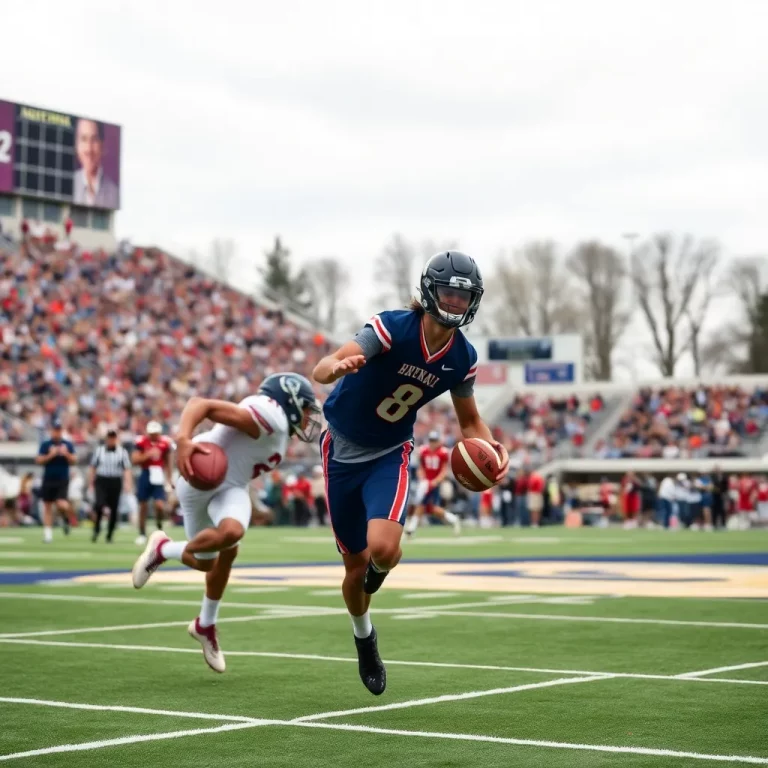In the world of college athletics, a historic change has just taken place. As of July 1, the House v. NCAA settlement has allowed schools to formally share revenue with athletes for the first time ever. This represents a major shift, allowing colleges to pay players for their performance. Starting this week, NCAA schools across the country have entered a new era where athletes can benefit financially beyond just scholarships.
The settlement has laid the groundwork for a new model that allows revenue sharing. Each college can choose to participate, and the athletic departments can use their funds to pay athletes, with a cap of around $20 million annually per school. This figure is intended to represent about 22% of average revenue across big conference athletic departments and is expected to rise over the next decade.
What does this mean for the athletes? Well, the expectation is that over 70% of the funds will likely go to football programs. However, schools have the freedom to divide funds as they see fit. For example, a basketball-centric school like Kentucky might allocate more funds towards their basketball program. There is still uncertainty about how Title IX will be addressed, but there is hope that some of the funds will also support women’s sports.
While athletes will receive direct compensation, they won’t be considered employees but rather will be treated as independent contractors. Schools that signed onto the House settlement can participate in revenue sharing, and many major conferences like the SEC, Big Ten, and Big 12 are already committed to paying their athletes the full amount.
Under this new arrangement, the College Sports Commission (CSC) will oversee regulation and compliance related to athlete compensation. They will enforce the salary cap and work closely with companies to verify endorsement contracts. This is a crucial development because it aims to prevent schools from using misleading financial arrangements to bypass the salary cap.
Although this settlement is a big step forward, it does not fully answer all questions about the future of collegiate athletics. Issues like athlete movement, eligibility, and the enforcement power of the NCAA remain unresolved. College sports leaders continue to advocate for clearer regulations and larger systemic solutions.
As we embark on this new era, the implications for college athletics can’t be understated. It weaves in complex dynamics and possibilities for athletes who will now be able to gain financial benefits from their hard work on the field and courts. The future landscape of college sports is undoubtedly on the verge of transformation.


